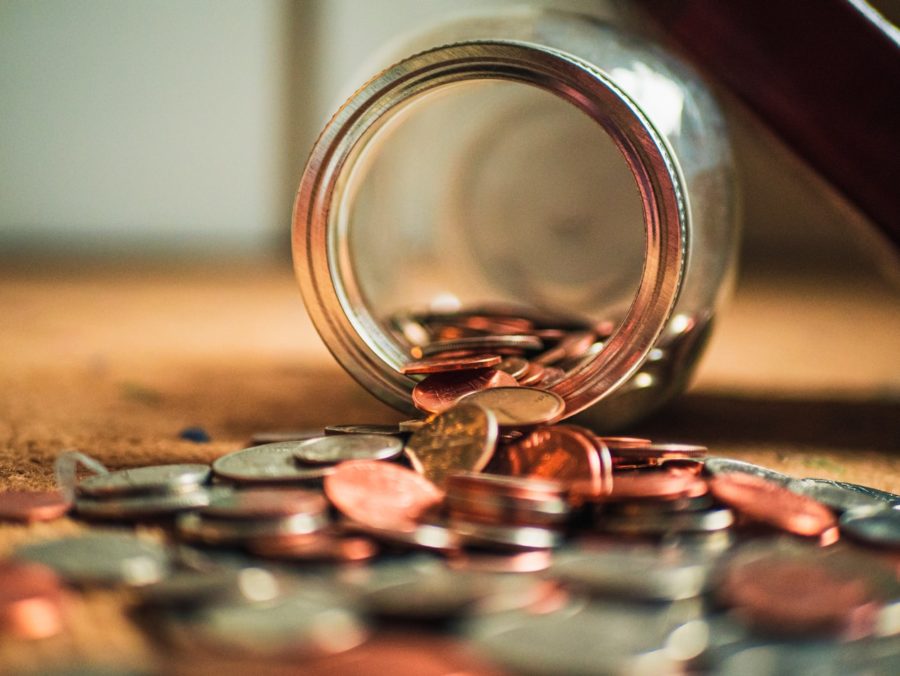In a fiat money system, the money is not backed by a physical commodity. Instead, the only thing that gives the money value is its relative scarcity and the fact that people seem to want it.
Why people want fiat currency has been the subject of much debate. If you were an alien, visiting the earth for the first time, you would certainly be amazed at how the earthlings seem to prize little pieces of paper with paint on the front.
One idea to explain the value of fiat money is debt. If you are in debt, you have no alternative but to try to obtain the pieces of paper in order to repay your debt, and if the paper is scarce, you have to compete for it.
Interestingly, indebtedness seem to go hand in hand with fiat money, but that is no conclusive evidence for this theory.
Another way to explain the want for money is that people got used to paper money in the fractional reserve system. Once the metallic backing was removed, people continued to use money as they had become accustomed to.
One argument for this thesis is that the fiat money systems that have worked best historically, are the ones where the physical backing was removed slowly and secretly.
A third way to explain the value of fiat money is that it is valuable because the government says so. This theory has often been tested in practice, and it can be rejected with confidence.
Nevertheless, governments from time to time still try to inject value into the paper by law and price control. This never works in the long run, and usually lead quickly to the next step, hyperinflation.
Although a fiat monetary system often evolves out of a fractional reserve system, this is not always the case. Sometimes the fractional reserve period has been skipped altogether.
The most well-known example is probably the Roman empire, where the silver-based metallic system gradually evolved into a fiat monetary system based on token coins.
The silver content in coins was slowly lowered until coins consisted almost entirely of tin. This took place over a period of centuries, and that is probably the longest-lasting fiat monetary system in the history of the world.
In a fractional reserve system, the amount of money that can be created is still limited by the amount of metal available, but in a fiat monetary system, there is no such physical restrain on the amount of money that can be created.
This also allows for unlimited credit creation. Initially, rapid growth in the availability of credit is often mistaken for economic growth, as spending and business profits grow and frequently there is a rapid growth in equity prices.
In the long run, however, the economy tends to suffer much more by the following contraction than it gained from the expansion in credit.
In most cases, a fiat monetary system comes into existence as a result of excessive public debt. When the government is unable to repay all its debt in gold or silver, the temptation to remove pysical backing rather than to default becomes irresistible.
This was the case in 18th century France during the Law scheme, as well as in the 70s in the US when Nixon removed the last link between the dollar and gold.

